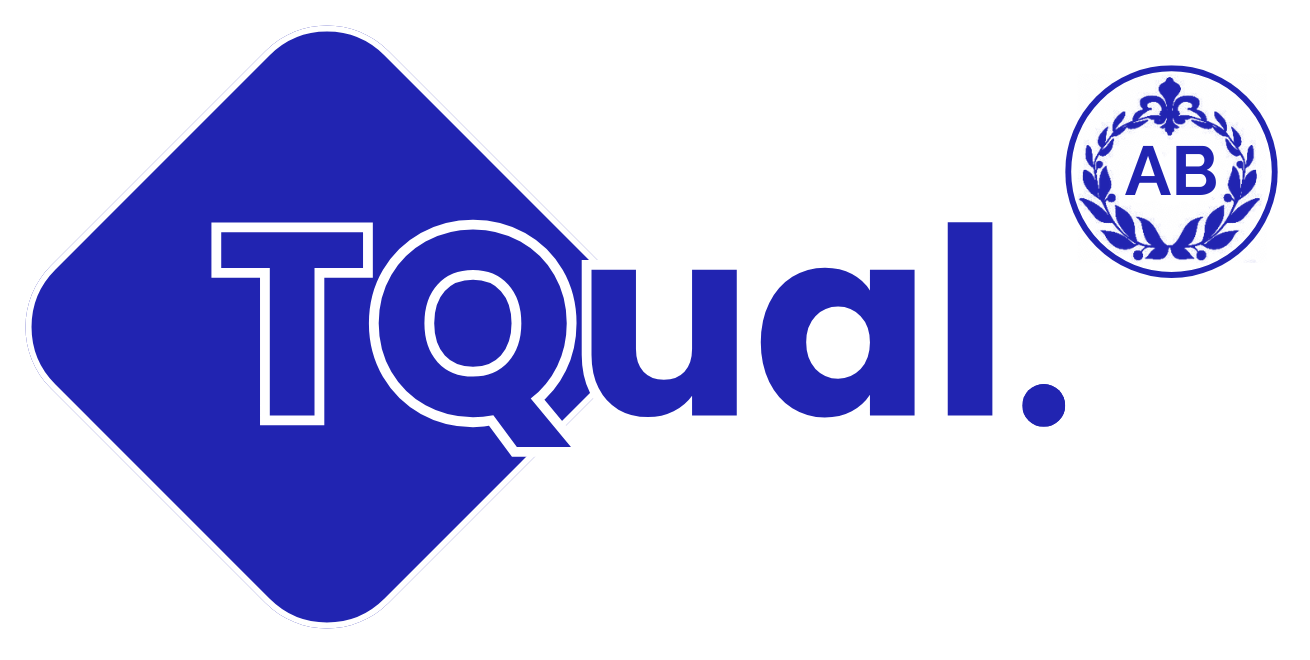TQual Certificate in Ultrasonic Defect Detection with Digital Equipment
Ultrasonic defect detection is a cornerstone technology in non-destructive testing (NDT), playing a crucial role in safeguarding the integrity and safety of critical structures and components. The TQual Certificate Program has become a guiding light for professionals aiming to excel in this advanced technique using digital equipment, offering in-depth training and certification that aligns with industry standards.
The Significance of Ultrasonic Testing (UT)
Ultrasonic testing (UT) uses high-frequency sound waves to detect internal and surface defects in materials. It is widely recognized for its accuracy in identifying flaws such as cracks, voids, and discontinuities that could compromise structural reliability. Advances in digital UT equipment have further enhanced its capabilities, providing clearer imaging and more precise defect characterization.
Program Overview
The TQual Certificate in Ultrasonic Defect Detection equips participants with:
- Comprehensive Theoretical Knowledge: A solid understanding of the principles and applications of ultrasonic testing.
- Practical Skills Development: Hands-on experience with digital UT equipment to ensure proficiency in its operation and data interpretation.
- Standards Compliance: Certification that reflects adherence to international NDT standards, reinforcing professional credibility and trust.
Advancing Safety and Careers
The TQual Certificate in Ultrasonic Defect Detection with Digital Equipment is an essential qualification for professionals seeking to thrive in today’s technologically advanced NDT field. By mastering cutting-edge techniques and earning industry-recognized certification, participants can confidently contribute to infrastructure safety and advance their careers in non-destructive testing.

